Kelley Blue Book Kelley Blue Book Jeep Grand Wagoneer boasts over 75 inches of available display area on seven LCD screens throughout the vehicle.Older vehicles may have early generations of infotainment systems consisting of a small display and rarely a touchscreen. Adjustments require turning knobs or pressing buttons. Manual controls are becoming less common today as automakers are trending toward putting everything on an interactive screen. This feature is especially prevalent in newer electric vehicles (EVs).all-electric EQS sedan in late 2021 with arguably the most beautiful infotainment system, dubbed the MBUX Hyperscreen. It features a combination of three screens stretching 56 inches from the driver’s side to the passenger’s, where they can adjust their preferences or play games like Tetris.Model 3 and Model Y have 15-inch screens, and the Model S and Model X have 17-inch screens. The larger screens have a tilt feature where the screen adjusts to face the driver, making accessing the infotainment system easier.easter eggs , like a light show, and the ability to change your horn’s sound!Lucid Air boasts a 34-inch touchscreen stretching from the driver’s side to roughly the center console. Lucid split the screen into three sections while still being one long screen. From left to right, the system displays vehicle controls, driving details, navigation, and media on one screen. But it gets even better.Lucid continuously sends drivers OTA updates to improve the driving experience. While the updates likely won’t include adding Apple CarPlay or Android Auto anytime soon, the infotainment system does feature voice control.Apple CarPlay and Android Auto to improve the driving experience.A6 , Audi employs two screens stacked atop each other in the A8 . The top screen allows drivers to handle all their media needs and navigation. Meanwhile, the bottom screen provides driver assist features, temperature, and other conveniences such as seat warmers. With haptic feedback, Audi’s technology works to have a quick system and has voice control to keep you focused on the road.luxury brand separates itself from other manufacturers with its double-screen infotainment system. The look is slick and comes with all the necessary functions. Plus, the screens have a slight tilt to help prevent a glare that tends to distract drivers.Mach-E and F-150 Lightning , the manufacturer introduced an innovative 15.5-inch infotainment screen. The screen is mounted vertically in the dashboard’s center rather than horizontally.Dodge Challenger has an 8.4-inch screen, while the Ram 1500 has a 12-inch screen. And although the truck’s system is a touchscreen, you will still notice a button for nearly everything.Copyrights & Trademarks | Vehicle Photos © Evox Images | Terms of Service | Privacy Policy | Linking Policy | Accessibility Statement |
source


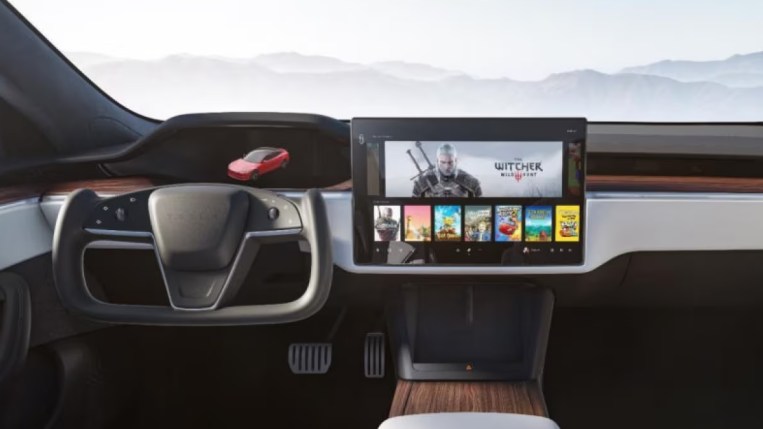
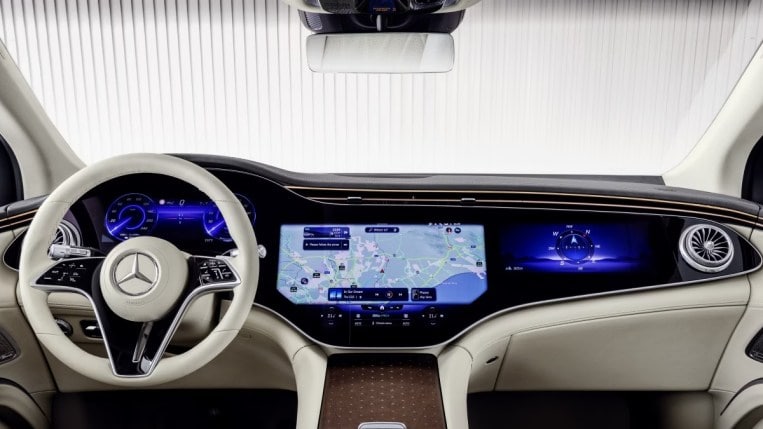
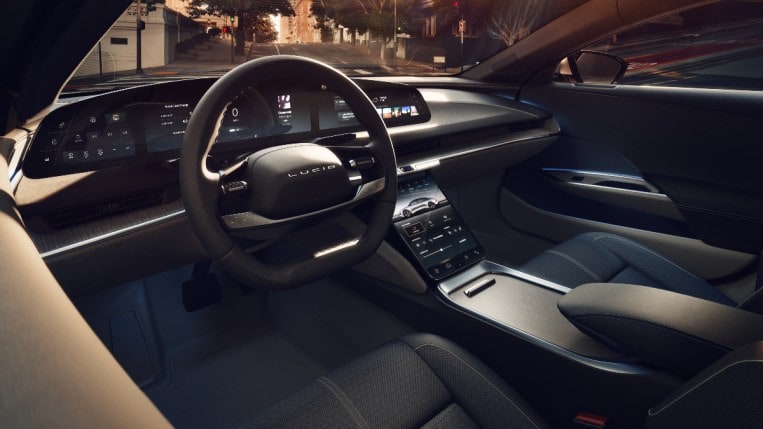
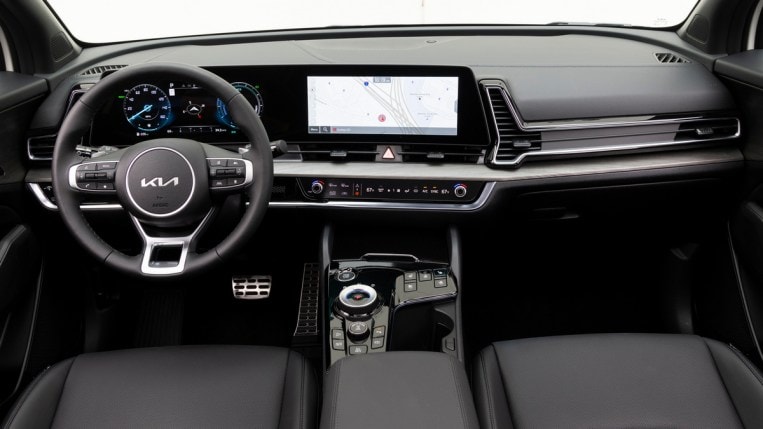

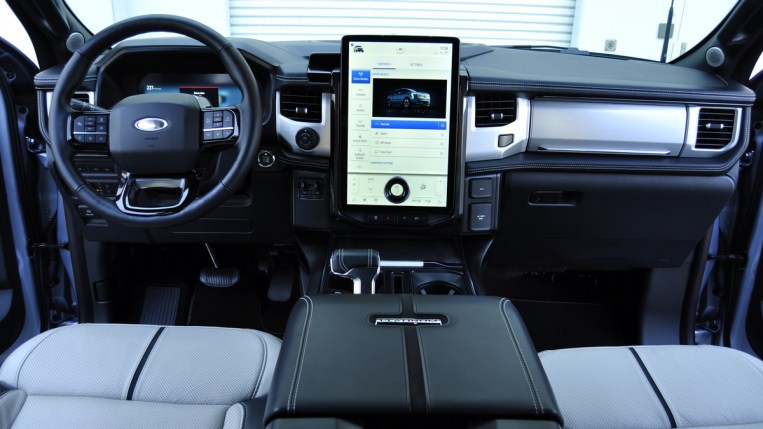
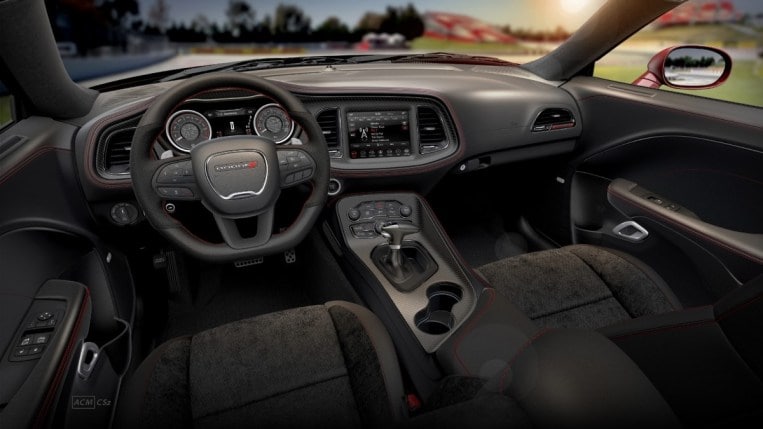
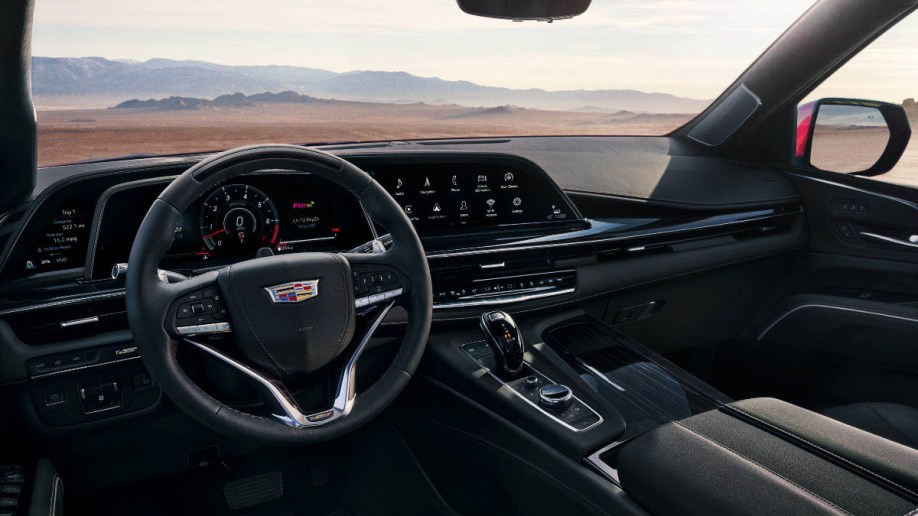










Leave a comment